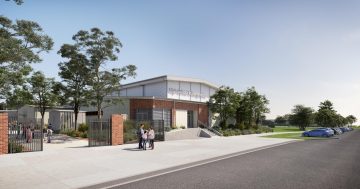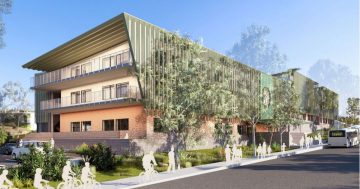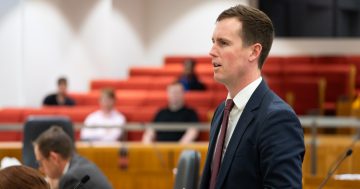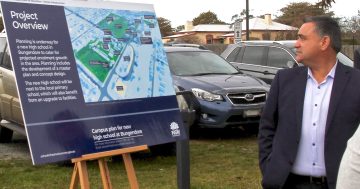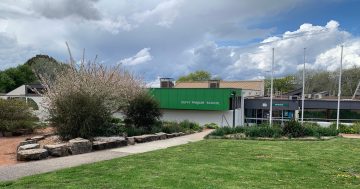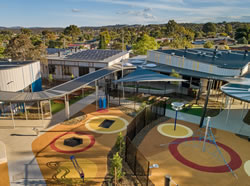 A performance audit into whether the Department of Education’s School Infrastructure NSW (SINSW) has been effective in planning and delivering new and upgraded schools to meet demand for public education, has found the program to be only partially effective.
A performance audit into whether the Department of Education’s School Infrastructure NSW (SINSW) has been effective in planning and delivering new and upgraded schools to meet demand for public education, has found the program to be only partially effective.
In her report, Delivering school infrastructure, Auditor-General, Margaret Crawford said SINSW had identified the need to accommodate an additional 180,000 enrolments in public schools by 2039.
“The audit found that School Infrastructure NSW has focused on delivering existing projects, election commitments and other Government announcements,” Ms Crawford said.
“This has diverted attention from identifying and delivering projects that would have better met present and future needs,” she said.
“Although School Infrastructure NSW has developed a long-term strategic plan that advises Government of ongoing funding requirements, it has not presented a list of priorities to meet those needs.”
Ms Crawford said the development of a longer-term list of priorities would help signal the areas of greatest need and allow more time to develop the best options to meet them.
The Auditor-General said SINSW had made progress in planning across geographic areas but needed to better prioritise which projects would move forward.
“Given the current and projected needs for new classrooms, it is vital that SINSW provides long-term advice based on thorough State-wide analysis to help prioritise projects that best meet this demand,” she said.
“SINSW has improved its capabilities, processes, and systems to support planning in ‘School Community Groups’,”
Ms Crawford made eight recommendations aimed at improving long-term planning for future needs, strengthening the quality of estimated project costs and benefits, and embedding a continuous improvement program.
The Auditor-General’s 37-page Report can be accessed at this PS News link.


